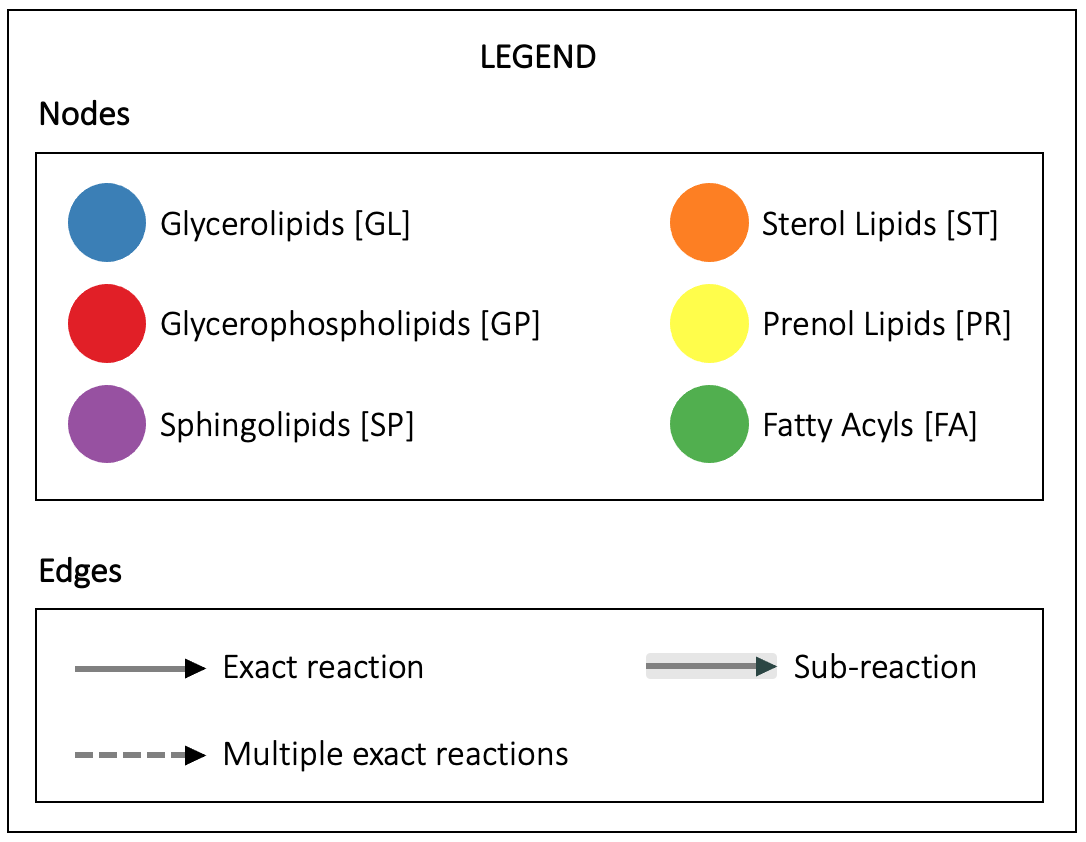Structure Database (LMSD)
Common Name
cis-9-palmitoleic acid
Systematic Name
9Z-hexadecenoic acid
Synonyms
- cis-9-hexadecenoic acid
- 9Z-palmitoleic acid
- C16:1n-7
- Physetoleic acid
- Zoomaric acid
- Palmitoleic acid
- cis-Palmitoleic acid
- Oleopalmitic acid
- Zoomeric acid
3D model of cis-9-palmitoleic acid
Please note: Where there are chiral atoms but the stereochemistry is undefined, the 3D model takes an arbitrary conformation
Classification
Category
Main Class
Sub Class
Biological Context
Palmitoleic acid is an ω-7 monounsaturated fatty acid that has been found in macadamia and sea buckthorn oils.1,2 It increases basal and insulin-stimulated glucose uptake and glucose transporter 4 (Glut4) protein levels in 3T3-L1 adipocytes when used at a concentration of 200 µM.3 Ex vivo, palmitoleic acid (300 mg/kg per day) increases glucose uptake and aerobic and anaerobic glycolysis and reduces de novo fatty acid synthesis and activity of the lipogenic enzymes ATP citrate lyase (ACL) and glucose-6-phosphate dehydrogenase (G6PDH) in isolated murine adipocytes. Dietary administration of palmitoleic acid (300 mg/kg) reduces high-fat diet-induced insulin resistance and liver inflammation in mice.4
This information has been provided by Cayman Chemical
References
2. Fard, A.M., Turner, A.G., and Willett, G.D. High-resolution electrospray-ionization fourier-transform ion cyclotron resonance and gas chromatography-mass spectrometry of macadamia nut oil. Aus. J. Chem. 56(5), 499-508 (2003).
Reactions
Filter by species:
ⓘ
Reactions are shown if the E.C. number of the enzyme catalysing it is annotated in the UniProt database for a species belonging to the selected taxonomic class.
Click on an edge to display the reaction(s).

References
Taxonomy Information
Curated from
NCBI taxonomy class
Reference
Homo sapiens
(#9606)
Mammalia
(#40674)
Lipidomics reveals a remarkable diversity of lipids in human plasma,
J Lipid Res, 2010
J Lipid Res, 2010
Pubmed ID:
20671299
DOI:
10.1194/jlr.M009449
String Representations
InChiKey (Click to copy)
SECPZKHBENQXJG-FPLPWBNLSA-N
InChi (Click to copy)
InChI=1S/C16H30O2/c1-2-3-4-5-6-7-8-9-10-11-12-13-14-15-16(17)18/h7-8H,2-6,9-15H2,1H3,(H,17,18)/b8-7-
SMILES (Click to copy)
C(CCCCCCC(=O)O)/C=C\CCCCCC
Other Databases
Wikipedia
KEGG ID
HMDB ID
CHEBI ID
LIPIDBANK ID
DFA0095
PubChem CID
PlantFA ID
SwissLipids ID
Cayman ID
PDB ID
GuidePharm ID
Calculated Physicochemical Properties
Heavy Atoms
18
Rings
0
Aromatic Rings
0
Rotatable Bonds
13
Van der Waals Molecular Volume
297.66
Topological Polar Surface Area
37.30
Hydrogen Bond Donors
1
Hydrogen Bond Acceptors
2
logP
5.33
Molar Refractivity
77.85
Admin
Created at
-
Updated at
25th Apr 2022